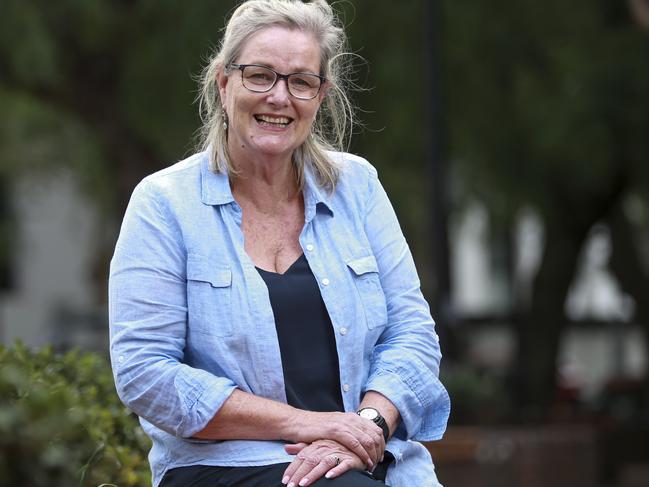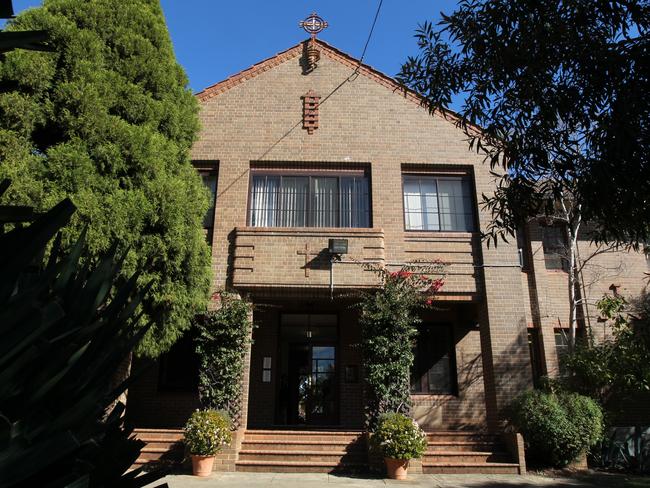Rehabilitation centres swamped with meth addicts seeking help
In a nondescript building in inner Sydney more than 80 people gather to confront their demons. It is a scene played out in suburbs across the state. Janet Fife-Yeomans had a front-row seat at a Crystal Meth Anonymous meeting. These are their stories.
In the grip of a drug as tenacious as ice, every day free of it is a cause for celebration.
Mark stood up: “Hi, I’m an addict. I’m a week clean.”
His announcement at the Crystal Meth Anonymous meeting was greeted with a round of applause from everyone packed into the room at one of the two or three meetings like this held every day in Sydney alone.
Most of the 80-odd attending are men, casually dressed apart from one man in a suit and one woman sporting a well-groomed eastern suburbs socialite look, all pumped up lips and blow dried hair. Their backgrounds are varied but they have all been to the same place.
Hell and back.
Jack stood up: “Hi, I’m Jack and I’m an addict.
“Hi Jack,” the chorus replies.
“Seven years ago I checked myself into detox in a homeless shelter,” the tall bearded man said.
“It was the same homeless shelter I had used on and off for a year before that.
“I used to wake up in a dorm with 30 men. There was an alcoholic in the bed next to me and he pissed himself. I woke up one night and there was someone trying to deal at the end of my bed. It became madness.”

Jack’s story is the same as everyone else here: it is meetings like this, as relaxed as they are, that have saved his life.
“It was life and death. I had never actually fought for something so hard in my life,” he said.
“It shows how much I need this and how much I need you guys.”
Seven years’ clean, Jack was given a birthday cake to mark the occasion. The lights were turned out so he could blow out the candle. More applause.
For some, this was their first CMA meeting fresh out of rehab in nearby Surry Hills.
Some already knew each other, others looked grim or sat quietly. The new ones sat in the back rows.
“We sit and we joke around because it’s about fun and making you feel you want to come back and be a part of something. We are making people feel welcome,” Mia, 28, secretary of this meeting at the Salvation Army headquarters in Elizabeth Street, said.
Fun but at the same time deadly serious.
A recent National Drug Research Institute study revealed a staggering increase in the number of people dying from ice use and other stimulants.
The mortality rate was four times higher in 2016 than 1999.
On another level, Mia is fighting to get custody of her two sons after 15-months clean of ice. Everyone has their own personal battle.
Alex, dressed in shorts and T-shirt, said that like everyone else in this room, ice had been his master.
“We started as weekend users, then every day,” he said.
“We deluded ourselves in to thinking that staying up for nights on end was OK and that not going to work on Monday was fine or that using was not destroying our lives.
“Most of us saw no way out, believing we would use until we died. The only way out was the courage to admit that our one-time friend was killing us.”
There is no easy way to get off ice. Unlike heroin which has methadone, there is no alternative drug to make withdrawal easier from that intense high that hits as quickly as 12 seconds.

Across Sydney, the drug rehabilitation service that is Odyssey House has seen ice overtake alcohol as the principal drug of use in just eight years.
Last year, a record 54 per cent of clients using their residential services cited ice and the age of addicts is increasing.
In 2003 about 30 per cent of clients were aged over 31; now it’s the opposite, at about 70 per cent.
Jennifer Frendin, program director of its community services of which there are now 10 centres, doesn’t like calling them addicts. Not just because of the stigma attached to the description but because using any drugs is a health problem.
“People have so many underlying issues and ice is sometimes that icing on the cake,” Ms Frendin said.

She said 70 per cent of all their clients who are dependent on ice also have a coexisting mental illness such as depression or anxiety, which is treated at the same time as their drug problem.
Odyssey House has a withdrawal unit and two residential centres with small cottages that can host families with a parent — or both parents — seeking help.
Some are functioning ice users, others quickly collapse into a state of chaos when they lose their job or their relationship breaks down or they are referred to Odyssey House by Corrective Services.
Their families often suffer more than they do.
“One of the things I feel we need to do better is to work with families,” Ms Frendin, a registered nurse, said.
“Often users don’t see that they have a problem. Things are going so wrong in their lives and they have this family who want to support them but they are walking on eggshells.
“It’s the manipulation and the lies.”


